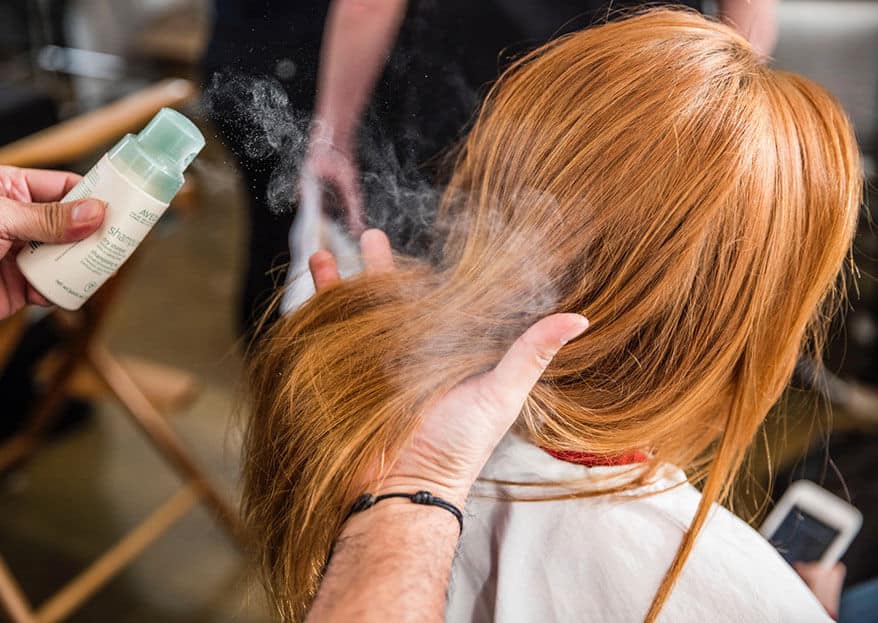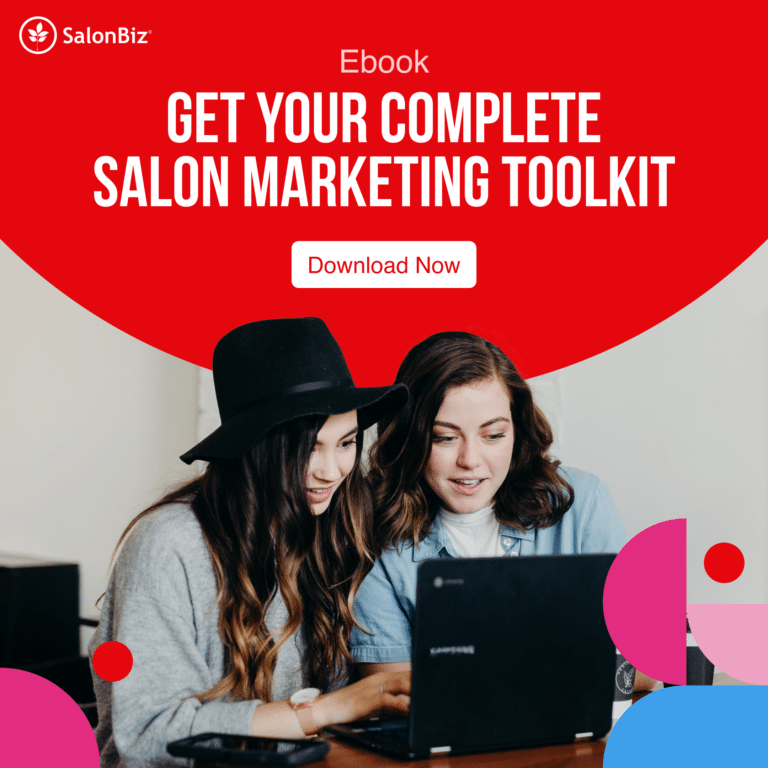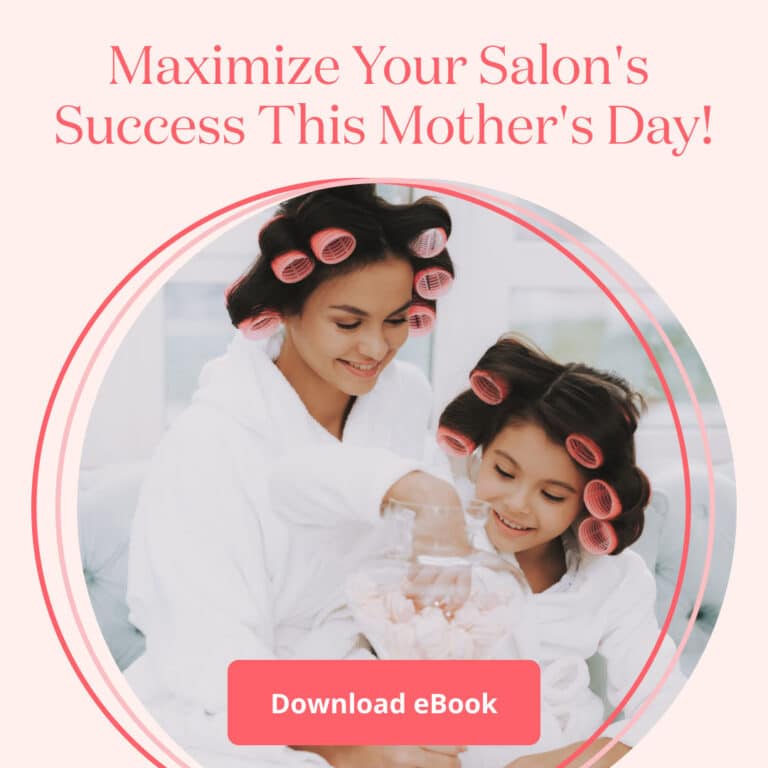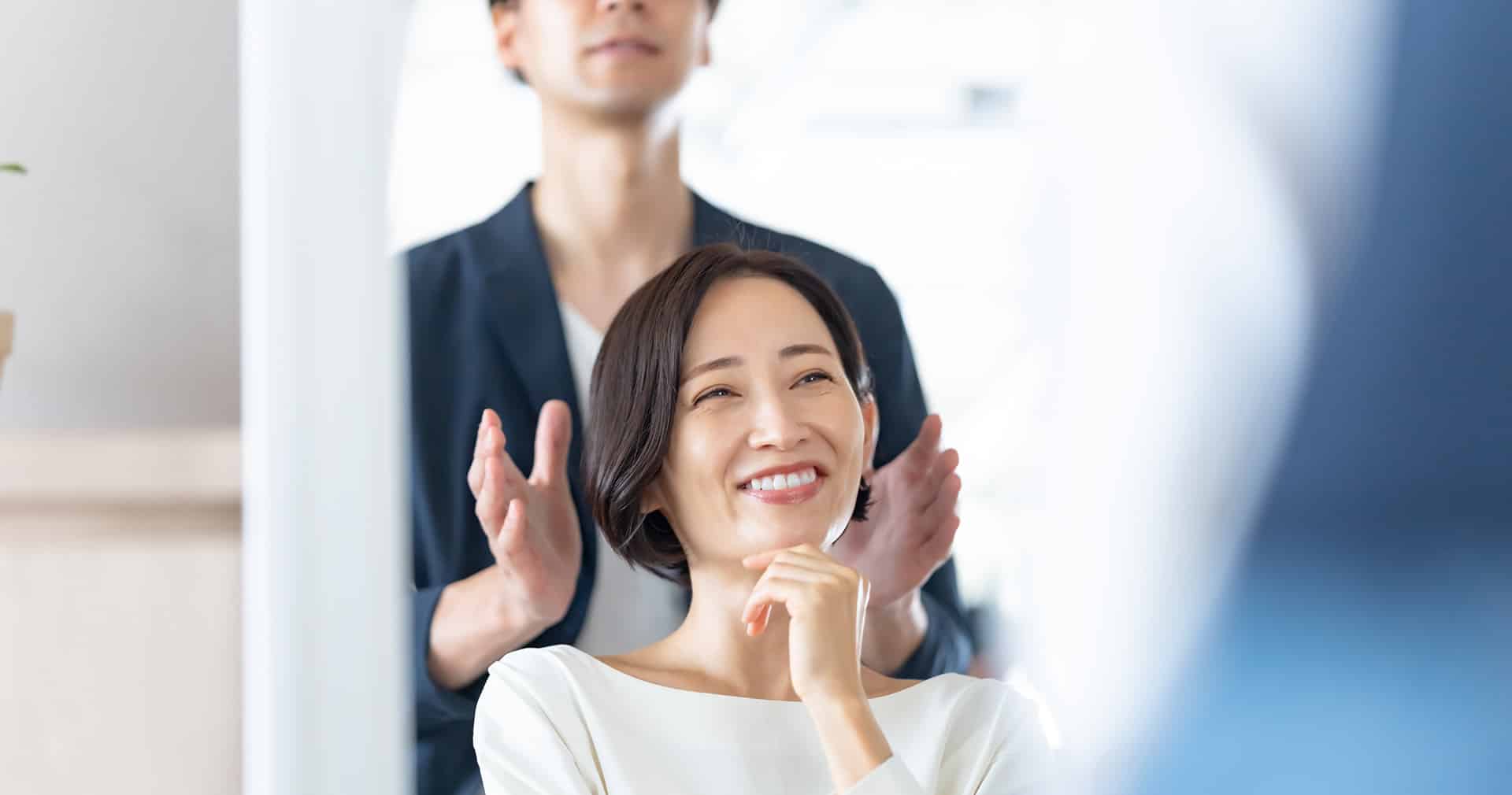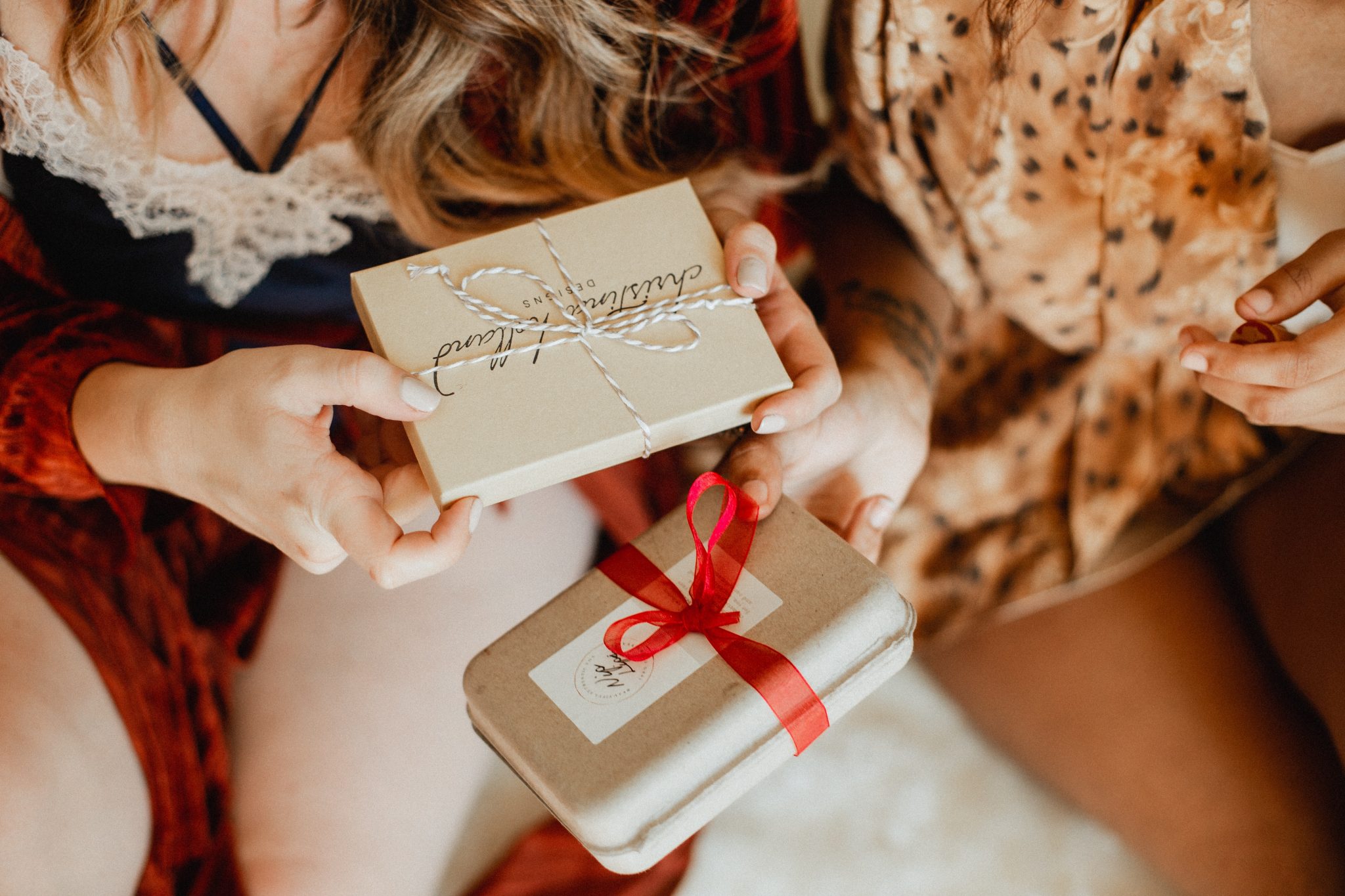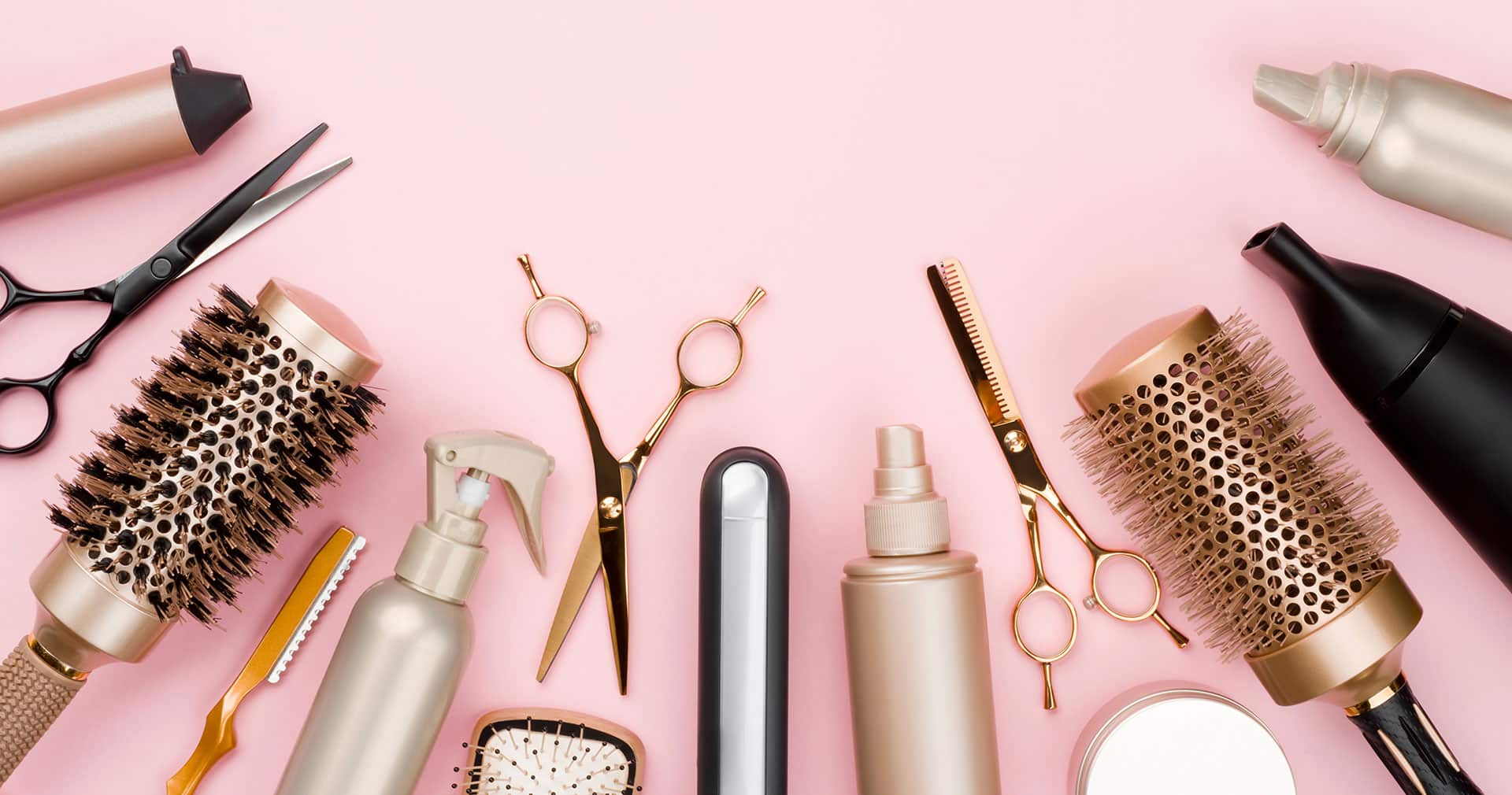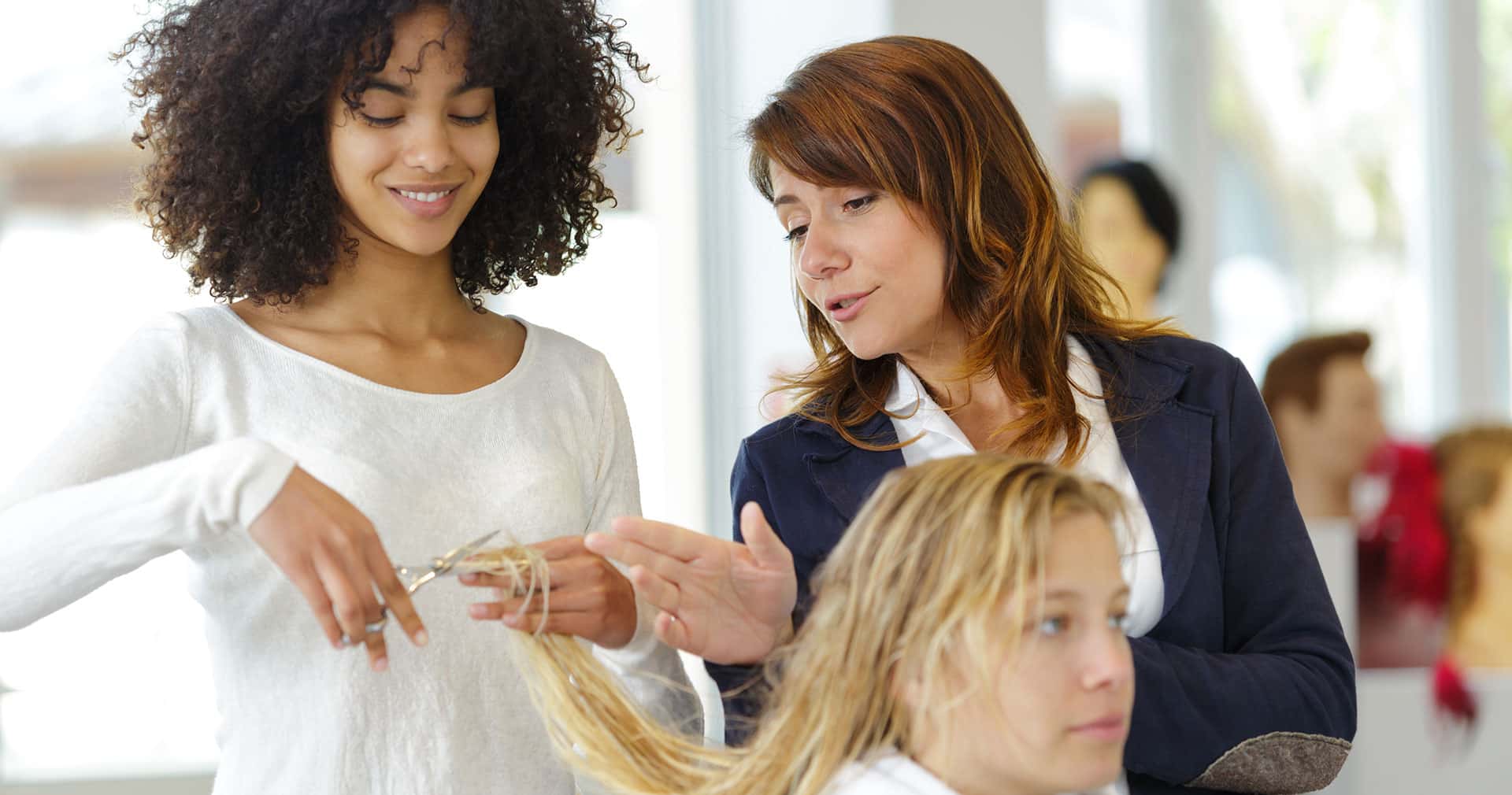By Laurel Nelson, contributing writer with Salon Today
What does retail in your salon look like?
Do stylists put together a basket of products used, and then ask the guest which items they want to take home? Are guests escorted to the front desk after the service before the retail conversation even takes place? Do stylists use products on the guest without explaining their unique benefits?
William Edge, owner of seven William Edge Salons says these all-too-common approaches to retail will not give consistent results, because they are not part of the salon service.
Edge says the first mistake many owners and stylists make is thinking retail is separate from service: “Retailing too often happens at the very end of the service, once the cape is off and the client is done.”
“Asking stylists to throw a sales pitch at clients after a nice conversation during the service is why they struggle with retailing.”
According to Edge, this is why you can’t separate the service and retail—they must be unified.
A UNITED FRONT
In teaching his “Retail Edge” program, Edge focuses on why hairdressers struggle with retail.
“We’re putting them in an uncomfortable situation when we ask them to sell. My program takes the uncomfortable away,” he says.
And it all starts with the consultation. After being greeted and escorted to their chair, clients are then turned away from the mirror to discuss their service.
“Guests put strength behind their flaws, which they notice in the mirror,” Edge explains. “When we asked people what they liked least about coming to the salon, they said it was sitting in the chair and looking at themselves in the mirror.”
Once the guest is turned away, the stylist gets down to her eye level and an honest dialogue begins. When it’s over, the stylist, who is now in full control of the visit, turns her around to the mirror and begins the service.
The stylist’s station will look different than what a client may be used to seeing—there are very few products.

“Stations with too many products don’t look organized, and from the guest’s viewpoint, it often looks like the stylist just reaches in a pile of products and grabs their favorite product to use, no matter whose hair they are doing,” Edge says.
At William Edge salons, products are all placed in a central tower for stylists to go retrieve everything they need according to the consultation. The chosen products are the ones that sit on the station.
“Then the stylist explains, ‘These are the products I’m going to need today to achieve the look we want to deliver,’” Edge says.
“By phrasing it that way, the stylist has made the products important to her. They are her tools.”
The stylist then explains why a certain shampoo or treatment is going to be used—color fade, dry ends, etc. This is typically done at the shampoo bowl or when the client has color all over her head, but Edge says it’s important to give the client visual confirmation in front of the mirror so she understands the “why” behind it.
SHOW AND TELL
As the service progresses, the client is continually informed on product usage, starting at the bowl, where the client is shown how much shampoo and conditioner are being used.
“We do that so they can see that the proper amount of a high-end product is much less than a watered-down drugstore shampoo,” Edge says. “It also helps the stylist not to overuse.”
In the chair, a “retail liaison” will approach the stylist post-shampoo and pre-blowdry to help fill out the client’s retail prescription card.
“The retail liaison, who also works the front desk, asks the stylist what products they are using and fills out the retail card for them,” Edge says. “Before we did this, we noticed stylists never filled it out. It didn’t matter how cool we made that card look, the stylists don’t have a pen in their hands and it wasn’t natural to write products down.”
But now, the stylist can keep working on her client while she dictates the products to the retail liaison, who not only fills out the card, but also helps pre-book the client.
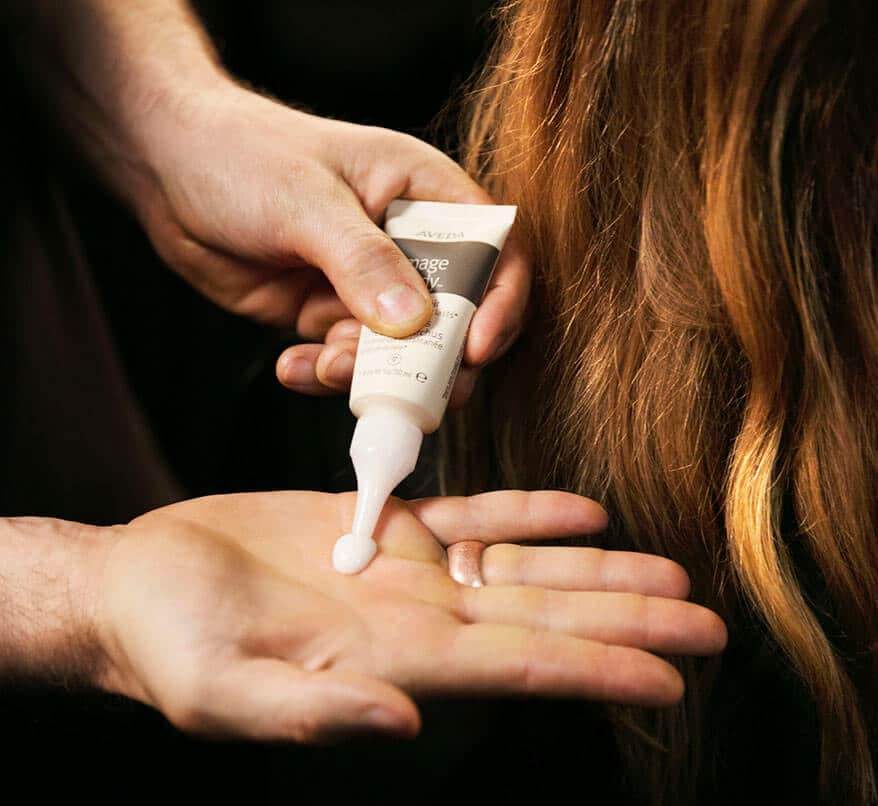
“Again, the retail liaison addresses the stylist, not the client,” says Edge. “They ask, ‘When would you like to see Mrs. Jones again?’ ”
The retail liaison books the appointment (Edge finds this easiest with the SalonBizapp), gathers the recommended products in a basket, and puts it on the station shelf while confirming the next appointment with the guest.
“The stylist hasn’t had to recommend or sell anything,” he says. “They are simply required to educate.”
“If their hands are moving, their mouth should be engaged,” Edge says. “Stylists should be explaining why they are applying a mousse, and dialoguing their actions—like how they use their fingertips or apply only at the ends,” he says.
Finally, at the end of the visit, the stylist picks up the basket of products while the client is still sitting in the chair with her cape on.
“This is where the stylist simply reminds the client of how she used each product,” Edge says. “The only thing we are asking stylists to do is to put a check or star by the one product that’s most critical.”
The stylist escorts the guest to the desk, sets the basket down and says goodbye. “Never once during the service was the stylist put in the position of salesperson,” Edge says.
MEASURE AND MANAGE
The results of Edge’s Retail Edge program have been astounding. Most of his locations average $20 RPCT.
“Within a year we were up from $3-$4 to $20 RPCT in our Nashville location, and we easily doubled what we were doing in Seattle,” he says.
Another opportunity Edge saw was in makeup touch-ups. “Only 11 percent of people were getting makeup touch-ups in the salon,” he says.
Now, a makeup artist in each William Edge location assesses if clients are “warm” or “cool” toned and brings them a lip color she chooses for them. As the stylist finishes up, they can dust some powder on the client’s T-zone and refresh the lips, which leads to lip color sales.
All of these changes in protocol didn’t happen overnight for Edge. He trained his staff in the new system with classes and role-playing in order to debunk the retail myths that put stylists in an uncomfortable mindset to begin with.
“The average regimen for a guest consists of a minimum four products. But the average retail ticket in the salon is $8-9,” he says. “Your team must get comfortable with the fact that guests will use less than one half of the product they are offered.”
Edge says making retail a part of the service is like anything else—it must be measured and managed.
“Retail is supporting the structure,” he says. “The consultation is better for the client, the shampoo is better, too. You’re giving them permission to relax.”
Edge stresses, “Retail must flow seamlessly into service or it will still be separate in the mind of the stylist. Make it a partner in service. It’s the companion.”
“It’s not really the how if you haven’t tackled the why,” he says. “I can’t make this system successful with a salon until the owner understands the why behind it.”
